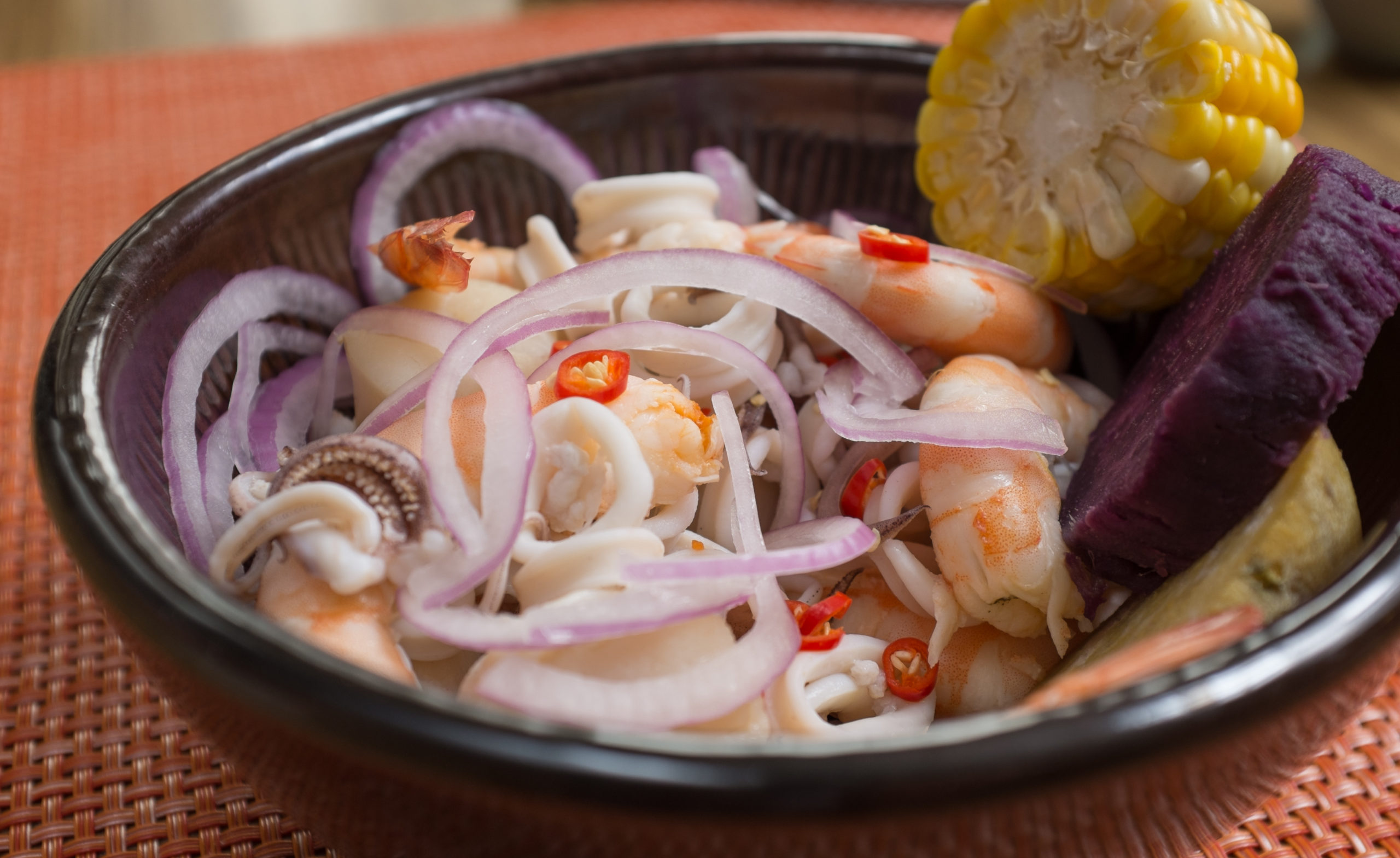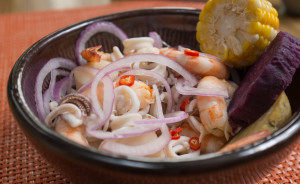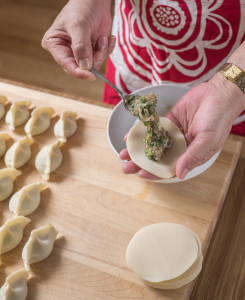
Bar going to catering college, there is no better way to learn how to cook Chinese food than from an ayi, which literally translates as auntie, is a maid or a nanny. Chinese has an endearing array of terms to refer to people in a courteous manner. For example, if a little girl meets a girl who is older she calls her jie jie (big sister) and vice versa older girls call younger girls mei mei. Furthermore most children call their elders respectfully ayi and shushu (uncle).
When expat families move to China, most are looking for babysitters but realize those services are not offered in China where for every child there are normally 6 adults in his/her family. Who a needs a babysitter with 4 readily available grandparents? There is no word for babysitter in China that is why when you ask for one you might get a high chair or baby chair instead! You can find however nannies and that is what some ayis are.
I grew up with ayis of sorts during my childhood in Latin America since my mother had zero interest in cooking and household chores but loved to eat well.
I grew up watching our “ayis” making local foods in our kitchen and that is what undoubtedly sparked my passion for food. By the time I was a teenager I knew all the local dishes and ingredients and our fridge had even stored iguanas that my mother used as an ointment on scars following local customs.
Since our move to China entailed small children and a strong determination to take language classes, we decided to get an ayi. Little did we know how important this would be helping us settle in Dalian. Not only is our ayi a nanny, she is our Chinese teacher, chef, babysitter and our go-to person to understand where to get things and how much to pay.
But for me she has opened a door to the world of Chinese home cooking. As a cooking teacher with a keen interest in ethnic foods this has proved invaluable since home cooking is not always easy to learn, as an expat. Not all ayis are gifted cooks but some especially women in their late 40s and 50s are. If you have an ayi and an interest in Chinese food here are some things you can do:
- Go to the local market with her and buy some unusual vegetables that she can cook for you.
- Go to see street food stalls and then ask her to recreate some of the recipes.
- Buy some Chinese cookbooks and ask her to make some recipes.
- Ask her to make jiaozi with your children.
- Buy some unsual herb or root of Chinese medicine and then ask her to cook it for you.
- Ask her for recommendations for Chinese food for children. These have become staples in my kitchen.
I know not everyone needs an ayi or even wants one but for those of us with families intent on learning about Chinese food and culture it is a great option. Even if you don’t have one, ask someone else’s ayi or a Chinese friend to come and show you how to make jiaozi one afternoon.
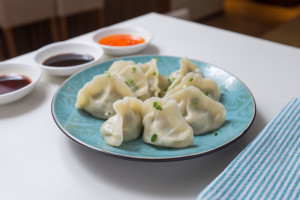
Fast Chive, Pork and Shrimp Jiaozi
Serves 4
Ingredients
- 100 g of pork
- 100 g of shrimp
- handful of chinese chives (jiu cai)
- salt
- 2 tbsp. of vegetable oil.
- 36 store-bought jiaozi wrappers*
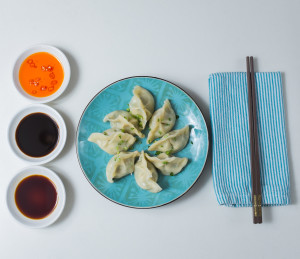
To Serve
- Chinkiang black vinegar
- Soy sauce
- Chili oil
- Garlic paste
Peel the shrimp and chop until ground with a cleaver or knife.
Chop chives. Mix chives, shrimp and pork. Add salt and oil. Mix well.
Put a large of pot of water to boil. Prepare a little bowl of cold water to seal the edges of the jiaozi.
Put jiaozi wrapper in your hand and fill with about 1 tbsp. of the pork, shrimp mixture pressing down. Dip finger in water and run it around edges of the wrapper.
Then seal the wrapper trying to get all the air out. You can also do some pleats to close. Don’t worry about the appearance as long as they are tightly closed!
Dust a tray with flour. Put on tray as you make them.
Drop some of the jiaozi in the boiling water and cook for 5 minutes. As you are cooking them if the water comes to a boil add a cup of cold water so they don’t fall apart. Do this each time the water comes to a boil. Remove with slotted spoon and repeat with rest of jiaozi. Serve with sauces and garlic and enjoy!
*most supermarkets sell jiaozi wrappers. They are made in-store together with fresh noodles.

